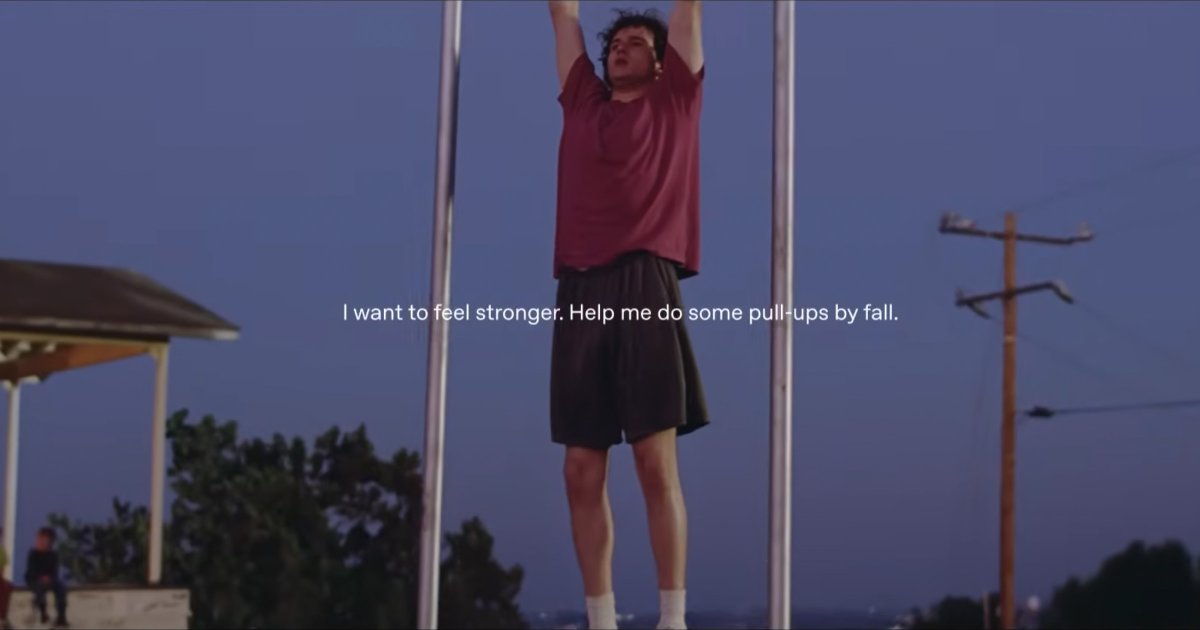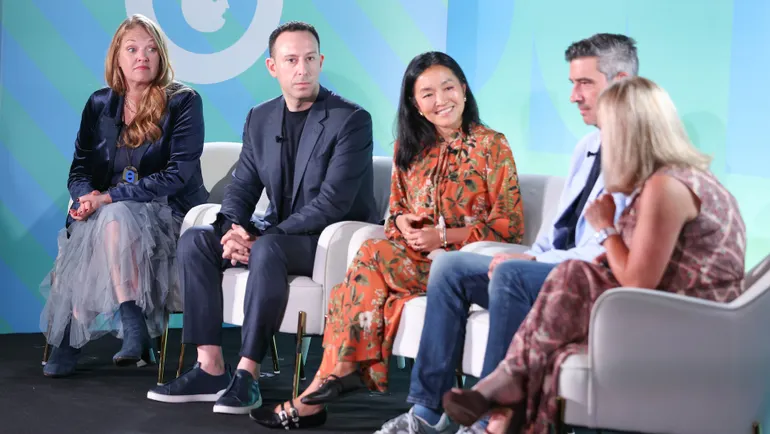Pharma Marketers Grapple With Trump-Era Regulatory Whiplash

“If anything is at risk, it might be linear television, because that does tend to reach a more mass audience,” said Jones. “We have really specialized more in the digital ecosystem, because you can be so much more targeted and really close the loop with the patients.”
Wijkstrom said Vanda is hedging its bets. While still a believer in TV, the company has shifted spend toward sports sponsorships, including Wimbledon and NASCAR, to build cultural affinity without relying on traditional ad formats.
“It’s easier to build fandom than build a drug,” he added.
Creativity under constraint
Because regulatory frameworks tightly dictate what brands can say, panelists emphasized innovating in how and where messages are delivered, rather than in the message itself.
“You can’t really control what you say, because you’re so regulated,” Wijkstrom said. “So how you say it, or where you say it, is really what ends up being the secret of the sauce.”
Richards added that constraints can fuel creativity, from tight creative briefs to distinctive naming and branding strategies. He pointed to Ozempic’s cultural breakout — anchored by its clever reworking of the “Oh Oh Oh, It’s Magic” jingle — as proof that pharma brands can still resonate.
As the administration questions widely trusted products like Tylenol and hints at DTC reforms, pharma marketers are recalibrating in real time, facing not only shifting compliance rules but a deeper trust gap. In this climate, creativity alone isn’t enough; marketers must also navigate a volatile political landscape that can change the rules overnight.
link







